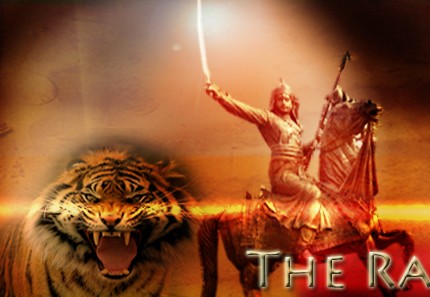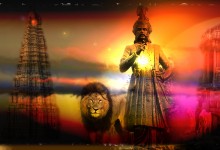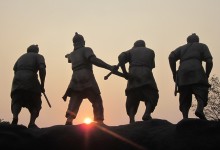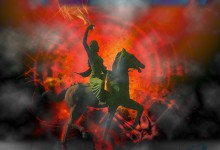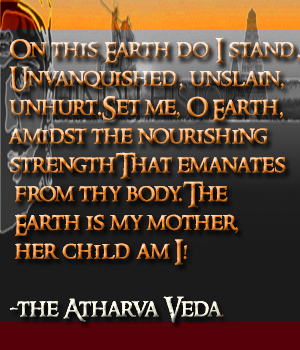Posts Tagged ‘aurobindo’
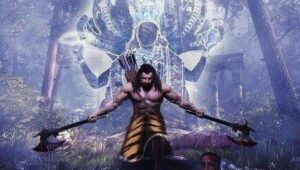
The Ideals of the Kshatriya – Warrior
It is clear to Sri Krishna that Arjuna will not be swayed by philosophical considerations alone, and he therefore next turns his attention to the role and highest ideals of the warrior caste, the kshatriya, to which Arjuna belo...
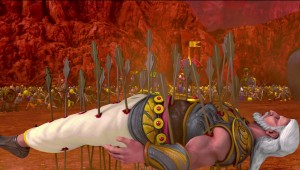
Death of the Kshatriya
These day modern day Hindus have turned the Kshatriya Dharma to fight intellectual battles, In hope that miraculously word drones are going to win wars.- HH editor ) ‘Buddhism with its exaggerated emphasis on quiescence &...
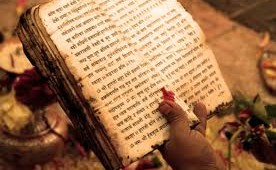
The Four Vedas
The Vedas present the broader system of Self and cosmic knowledge of which yoga and Ayurveda are specific manifestations. Both Ayurveda and yoga arose as Vedic schools, taught by lineages of Vedic seers, projecting Vedic knowle...

